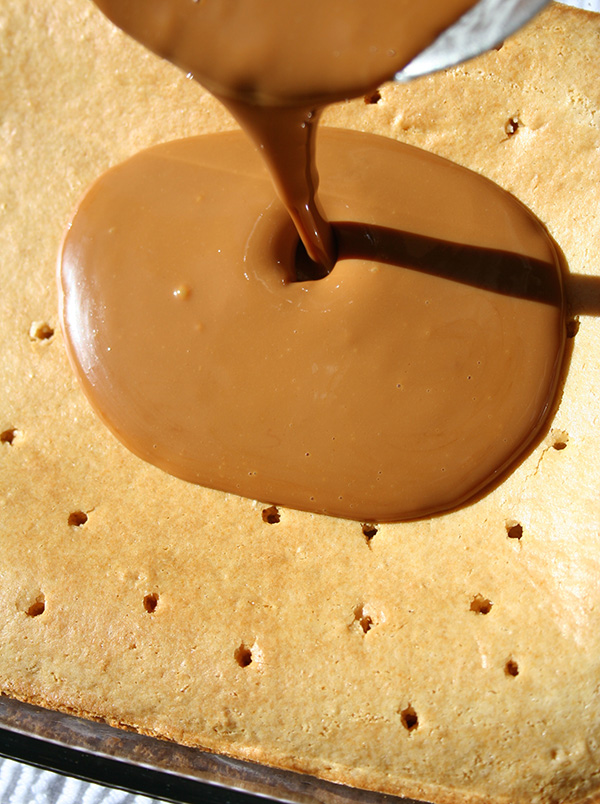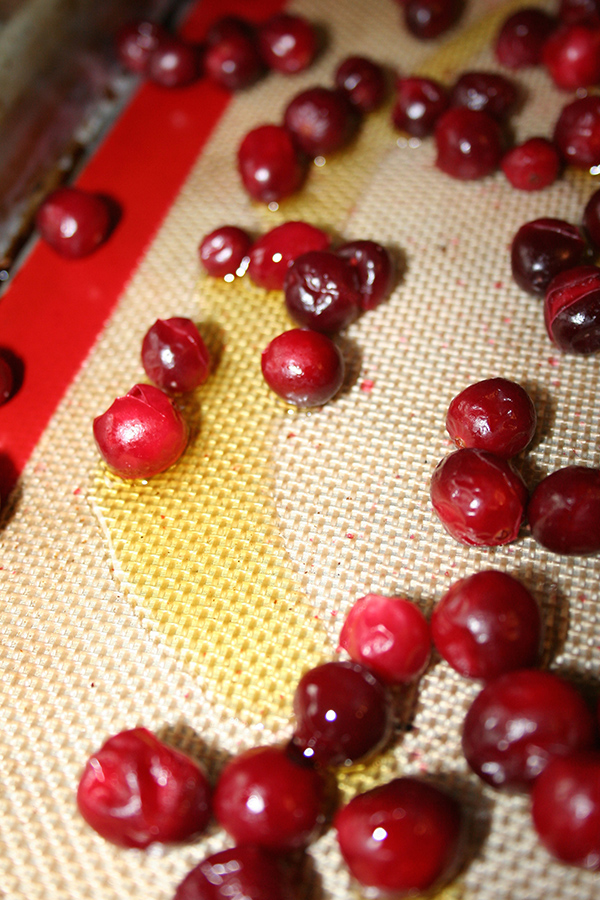I'll be straight-up about this: I did not intend to write an experiment post about this. What I intended was to make delicious cookies.
Let me set the scene. I have worked really hard to develop a delicious recipe for chocolate filled dark chocolate cookies. And I have succeeded. I have succeeded so well, in fact, that I want to make another batch, to share with my neighbors. I am already preparing myself for the copious compliments I'm about to receive for these babies. I mean, just look at how the previous batch had turned out:
So here I am, mentally congratulating myself as I apply white and dark chocolate drizzle on top of the latest batch. And then I happen to look over to the other side of the counter, and I see a half-cup of sugar, prettily measured out and looking ready for business. I look at it stupidly for a moment, thinking "why is there sugar on the counter?".
And then it dawns on me: that sugar was supposed to be in the cookie dough. The cookie dough that I just formed into rounds and put in the oven and baked and let cool and decorate. The beautiful cookies which, apparently, contained no sugar.
I won't lie: I said one or five curse words right about here.
But I also began to feel curious. Because the dough had felt just fine while I had molded it into balls, and it looked and smelled fine when I took the cookies out of the oven. They seemed the same as I decorated them. I wondered: how might these cookies taste?
I will confess I felt a touch of hope. I wondered if because there was only a half cup of sugar--not that much, right?--and because the cookies contained cocoa, and because they were filled with chocolate, and because I'd drizzled them with copious amounts of white and dark chocolate, maybe, just maybe, they'd taste OK.
I decided to give them a try.
Before I tell you how they tasted, let me tell you a little bit more about how the cookie experience went when the recipe was made properly, with sugar.
They are delicious. They are rich, moist, deep-dark-chocolatey, just a touch crumbly, and when warm, gooey with chocolate. They are good stuff.
How would they compare when made without sugar?
Well, it wasn't a good sign when I picked up the cookie and the slight pressure of my fingers poising it toward my mouth to take a bite basically caused it to explode.
I was tempted to cry. The little chocolate filling goo that you can see toward the bottom left quadrant of the crumbs seemed to be wailing to me "I'm still delicious!".
I tried again with the chunk of cookie you see on the top right above. This time, I pretended that the cookie was a teeny tiny unicorn with bones made of glass, and tried to handle it as gently as I would such a magical creature. This time, it didn't break, but you'll have to trust me in that this operation required such care and concentration that I felt like I would need a nap afterward.
I took a bite.
Well, the good news is that the cookie wasn't terrible. The chocolate filling, coating, and cocoa in the dough made the melange of ingredients taste vaguely cookie-like.
But all the same, it was all wrong. The lack of sweetness in the cookie itself made it taste like a sandy, cocoa-scented pie dough. It was sort of interesting, but not really delicious or the type of thing that invited you to eat more.
Listen, I am not an actual scientist, I am just an enthusiastic amateur dessert experimenter. And obviously, this is just one cookie recipe, so it doesn't speak to what will happen to every cookie recipe when sugar is omitted.
To sum up the experience of cookies made without sugar:
Here's what I can tell you about what happened to this chocolate cookie recipe when no sugar was present.
1. The cookies were not sweet.
Well, obviously. The chocolate filling and topping were sweet, but they weren't enough to mask the lack of sweetness in the cookies themselves.
But it was a strange experience because the cookies looked right, and a powerful reminder that we eat with our eyes first. Because these cookies looked like they were going to taste good, and because I had the flavor memory of the previous batch, it was a shock to have the flavor not match what my mind was anticipating.
2. The cookies were extremely fragile.
The cookies were SO fragile! They exploded with the slightest application of pressure, and you'll have to trust me when I say that I am not heavy-handed when holding cookies.
3. The cookies didn't brown quite the same.
While this wasn't immediately evident because the cookies were already dark to begin with, and it is probably hard to see in photos, upon closer inspection, the cookies hadn't browned quite the same as the batch made with sugar. With the sans sugar variety, what had happened was less toasty edges, and more like an all-over matte finish.
4. The cookies were not delicious.
Nope. They tasted weird. As previously mentioned, the cookie itself tasted like a sort of cocoa-scented pie crust. I would not suggest making these cookies (or any) without sugar if called for in the recipe. However--and here's the optimistic part of this accidental experiment--the flavor DID make me curious about incorporating cocoa into a pie crust, or maybe making an unsweetened chocolate cracker for an avant-garde cheese plate. So maybe you'll see more experimentation in the future!
So, as to how I could sum up the results? Don't forget to add sugar to your cookies. It is an ingredient that helps them bake right and makes them delicious.



















































